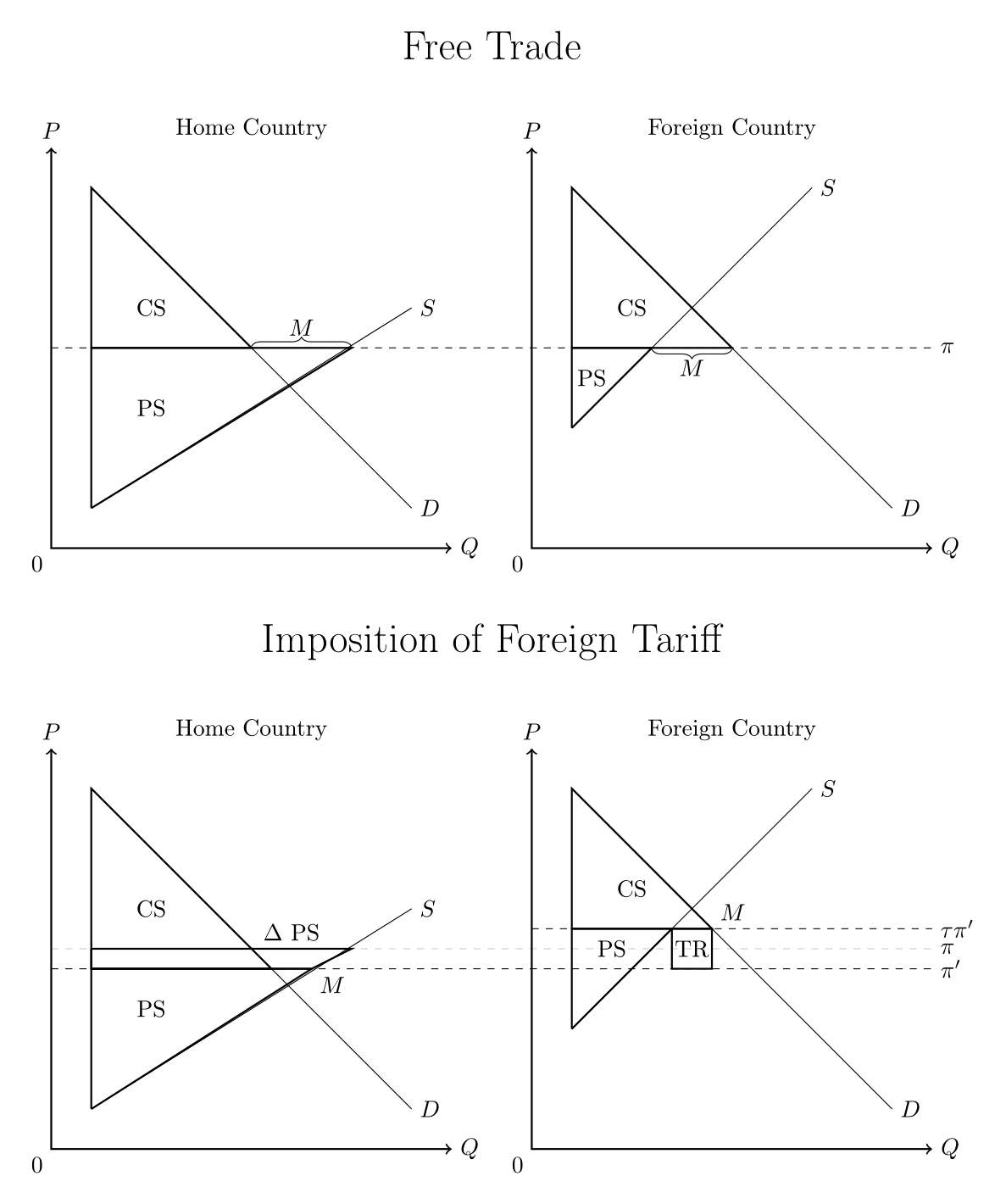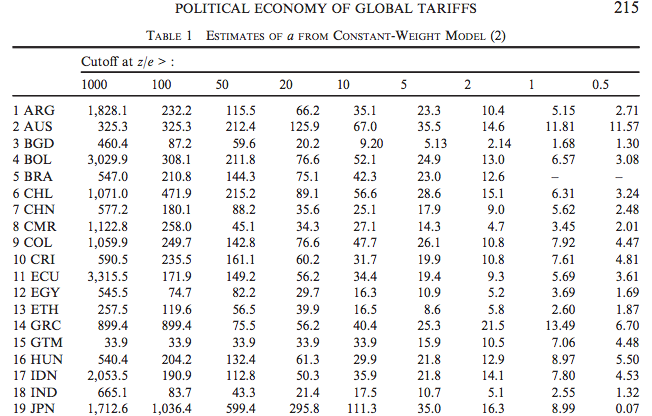Theorizing International Rivalry
- Big Picture Question: Where do international rivalries come from?
- Motivating historical example: The Rise of the Anglo-German Antagonism (Kennedy 1987)
- Contemporary example: Sino-U.S. relations
- The Lake (2014) hypothesis: evolution of U.S.-China relations in 21st century will be determined by character of domestic political economies
- "If integration strengthens market forces within China, cooperation between the two superpowers will likely be expanded as common interests prevail. If political forces remain dominant in China, greater conflict may emerge."
- Broad definition of conflict: costly signals of various sorts (Fearon 1997)
- Low end: denouncements/accusations/threats
- High end: military mobilization/skirmishes/war
- To evaluate the Lake hypothesis, need a coherent theoretical framework linking domestic political regimes and policies, cross-border economic flows, and international bargaining

